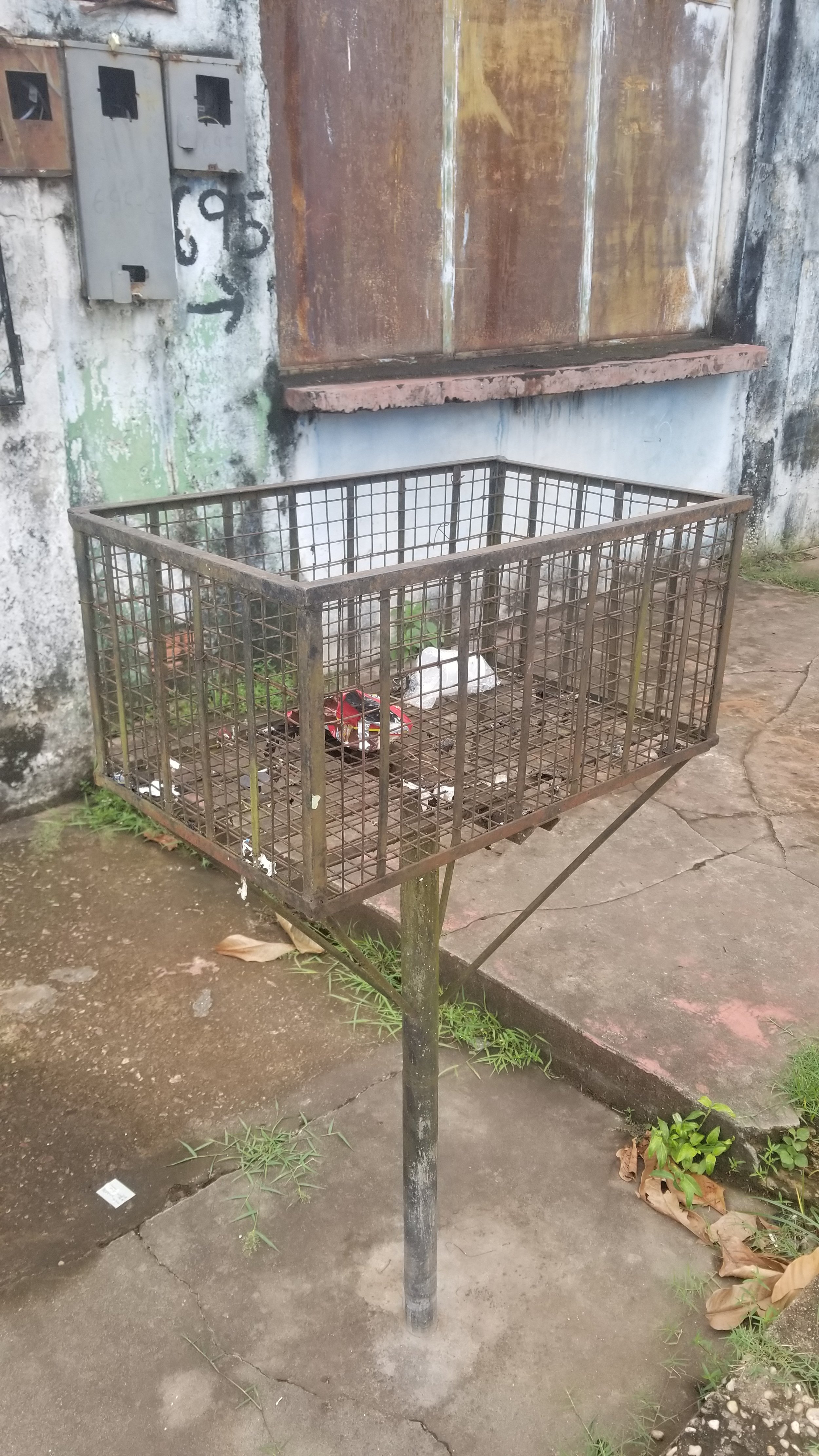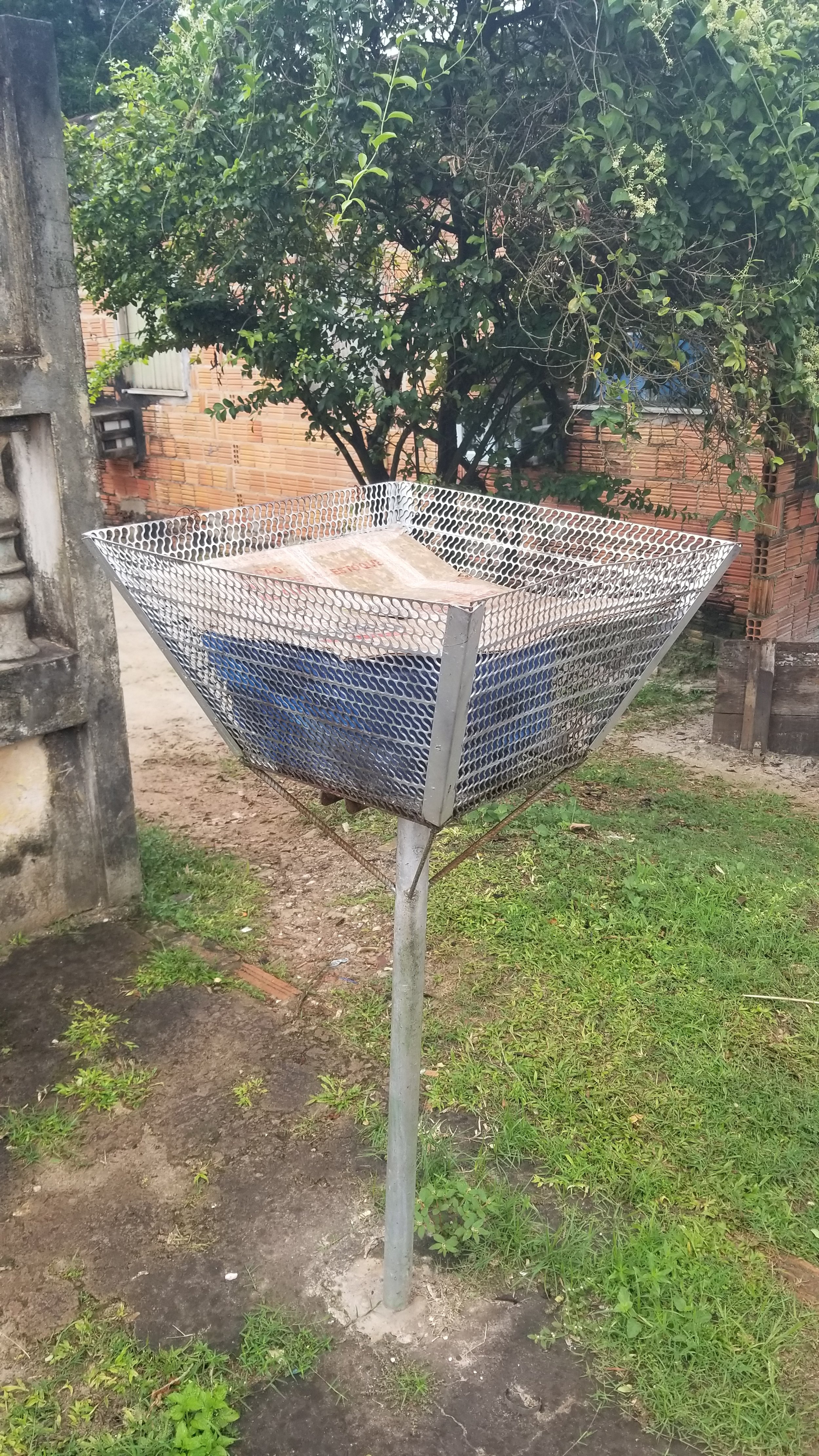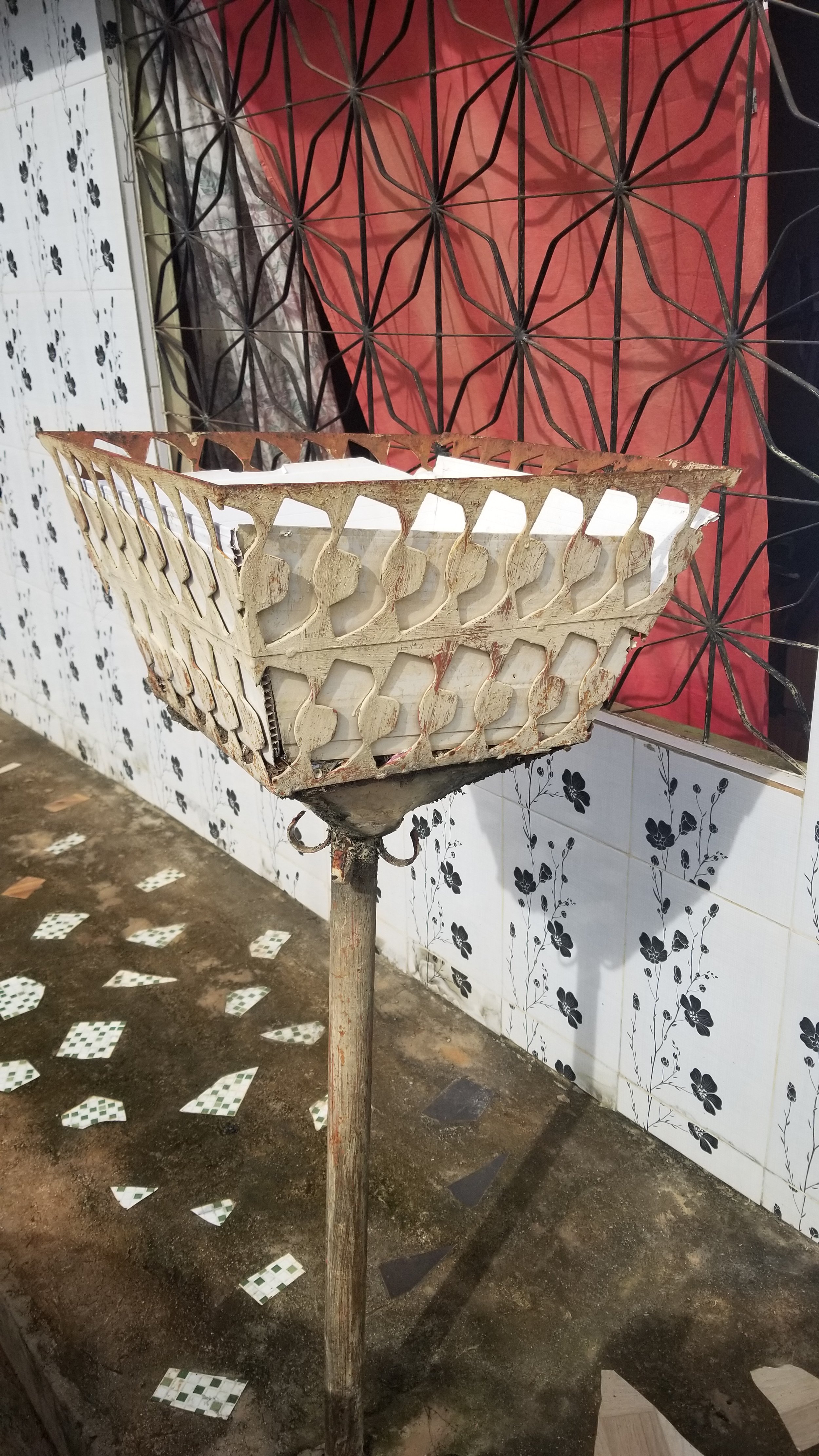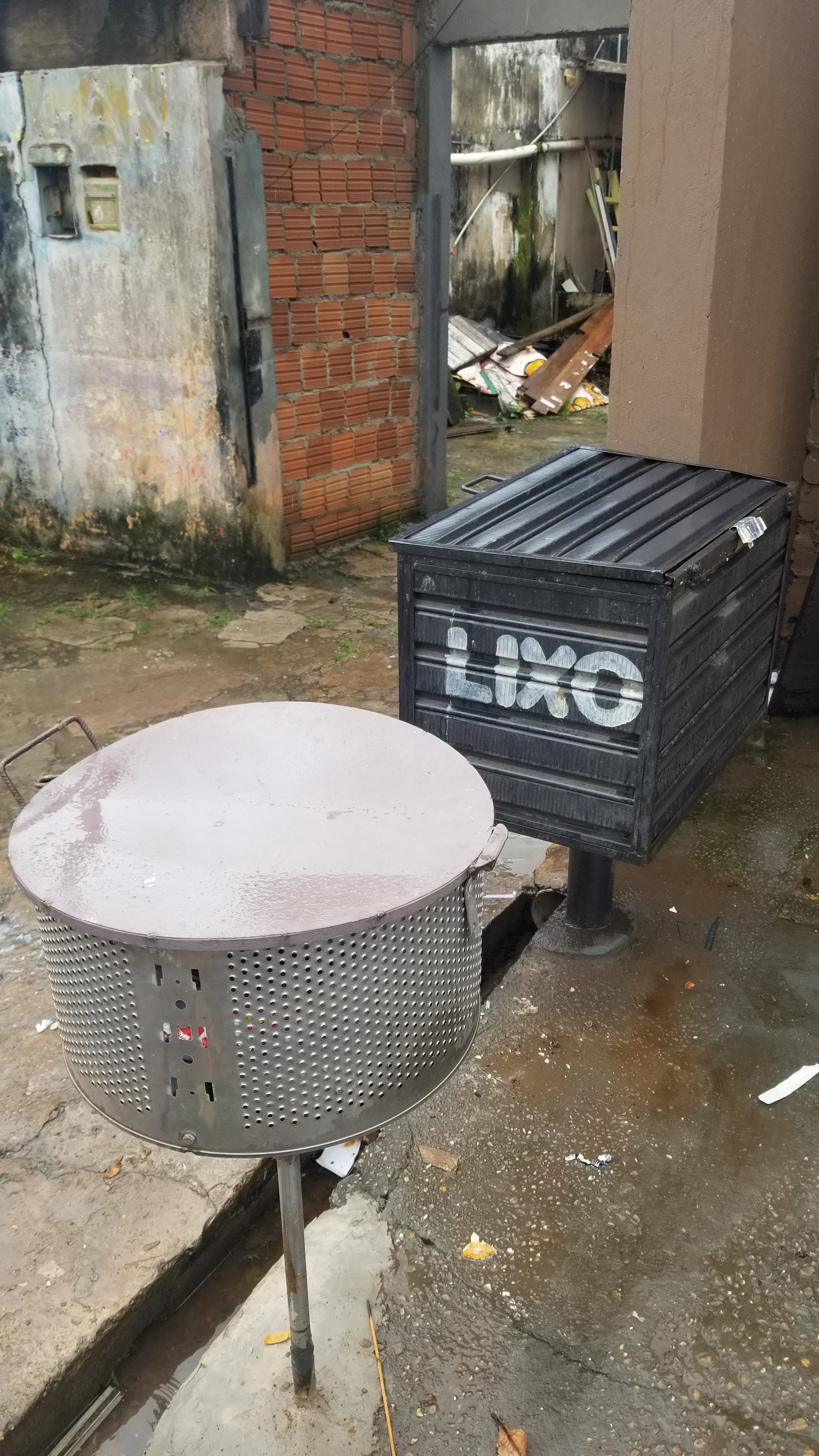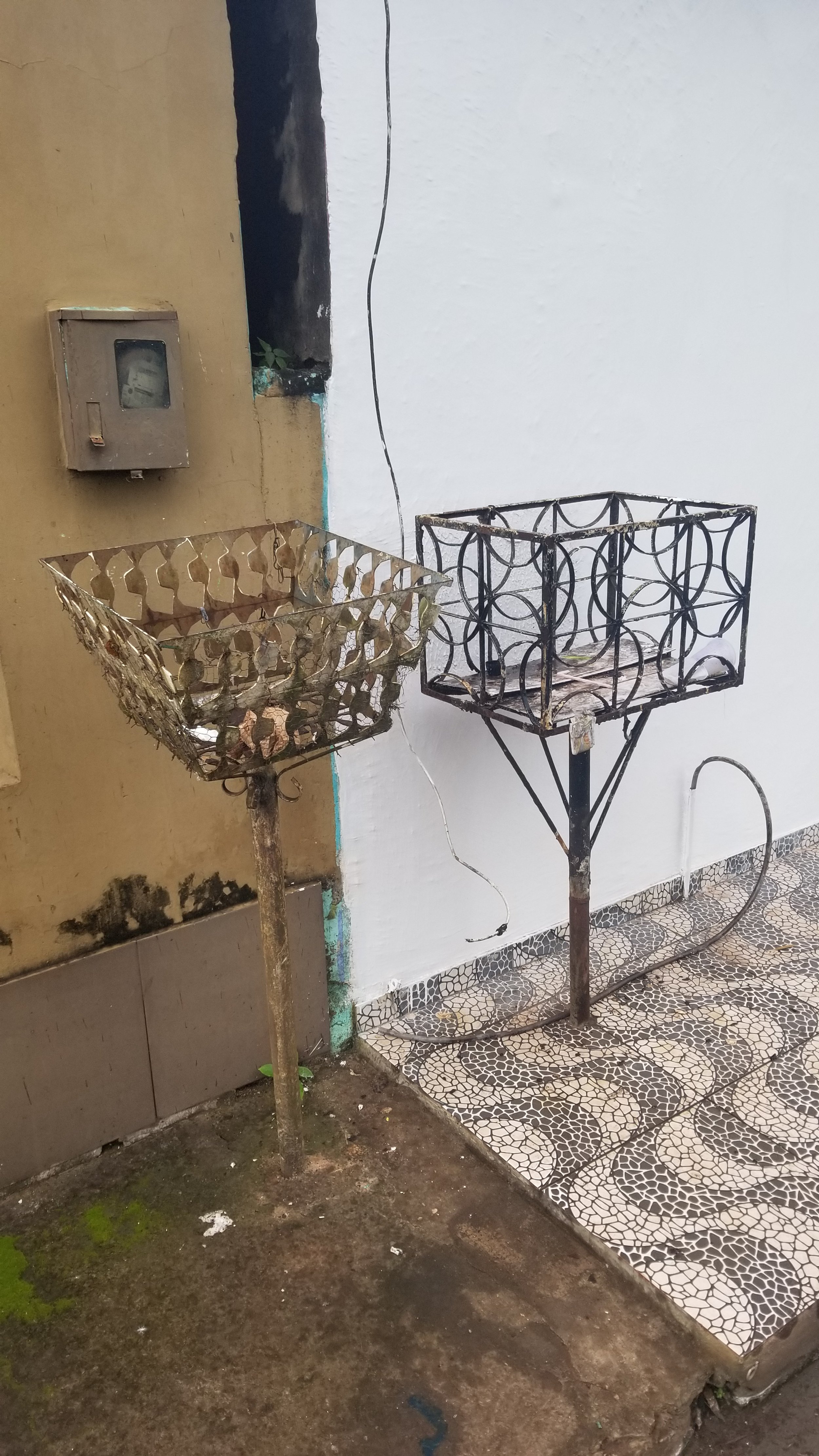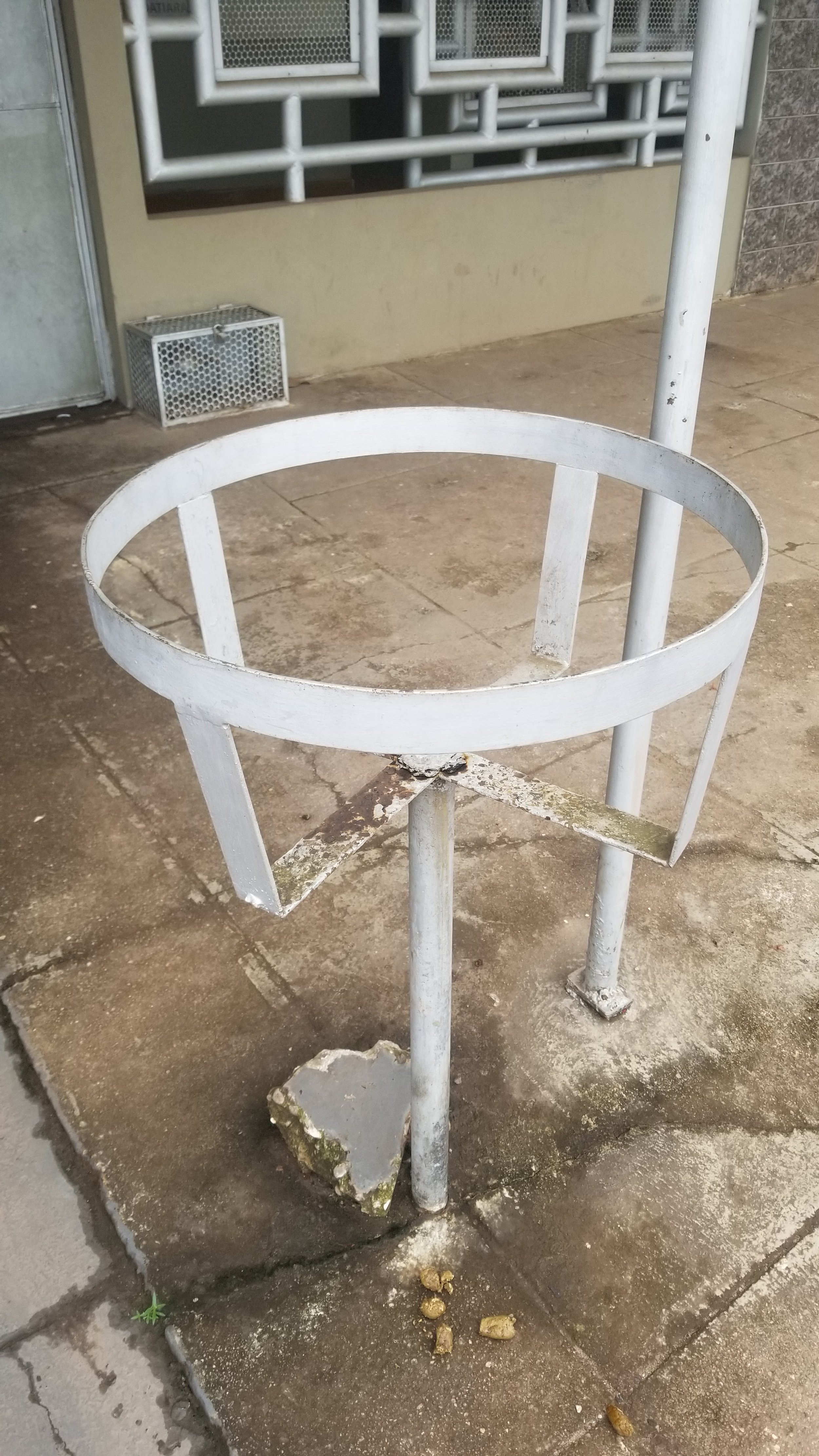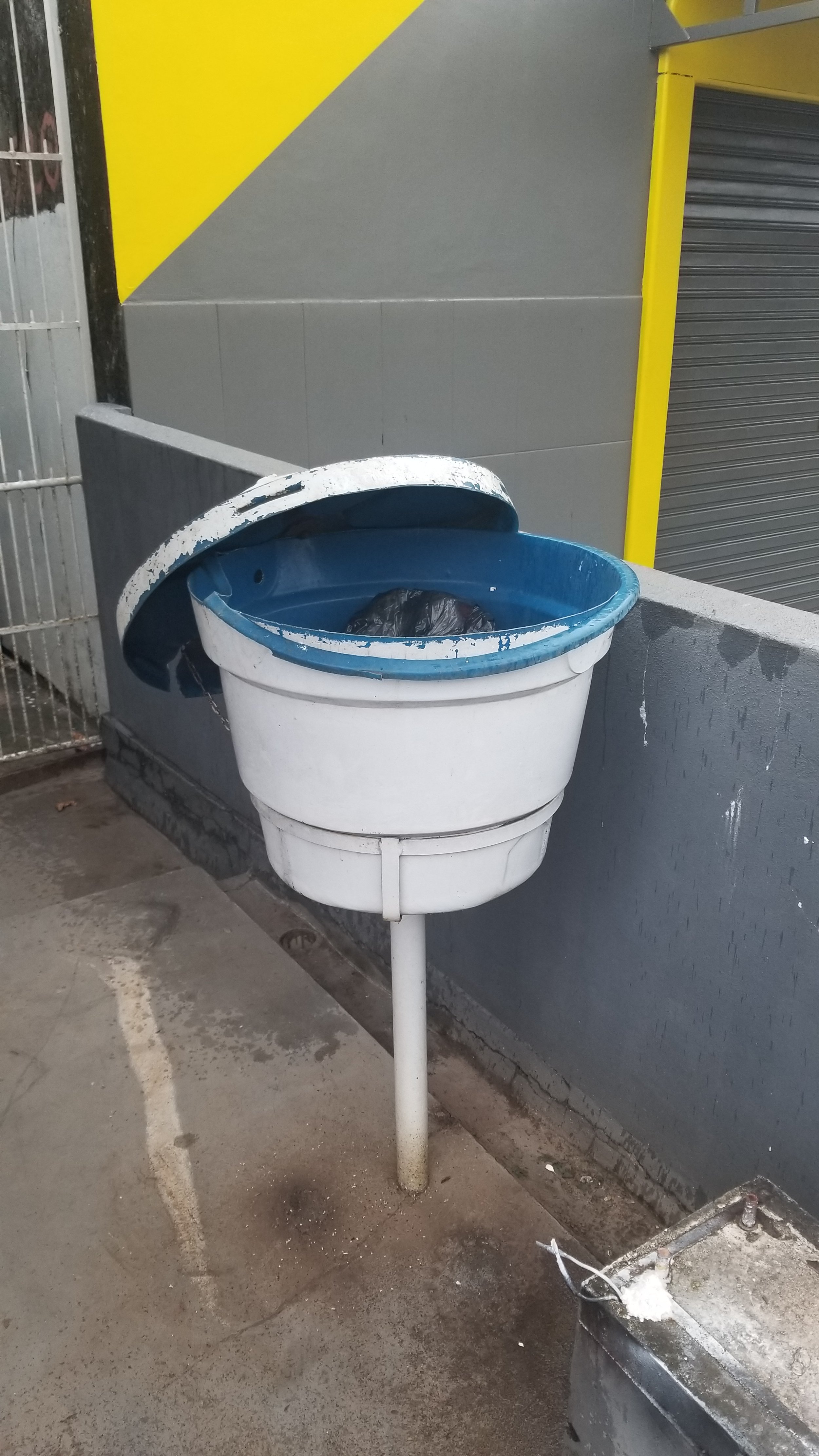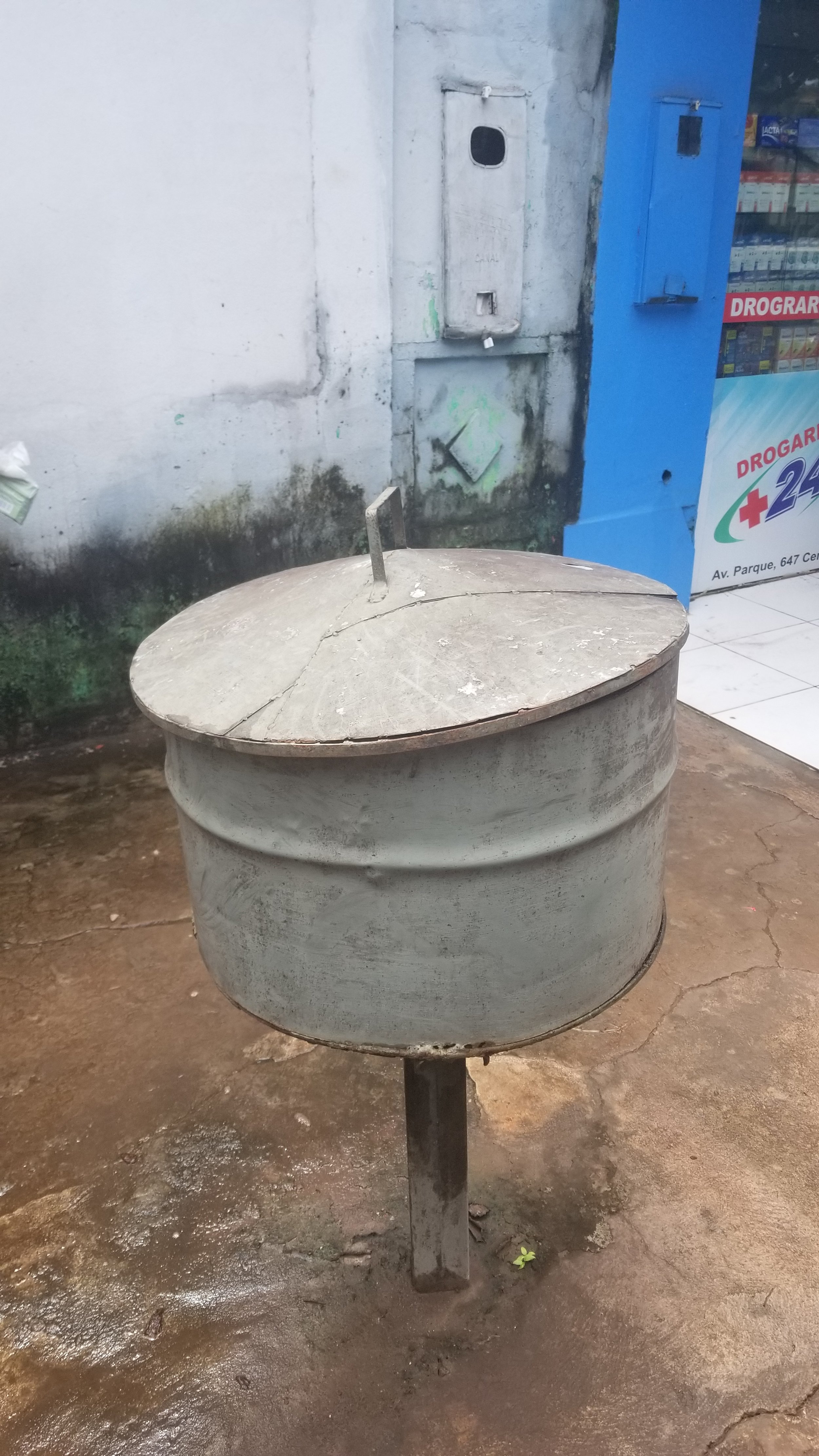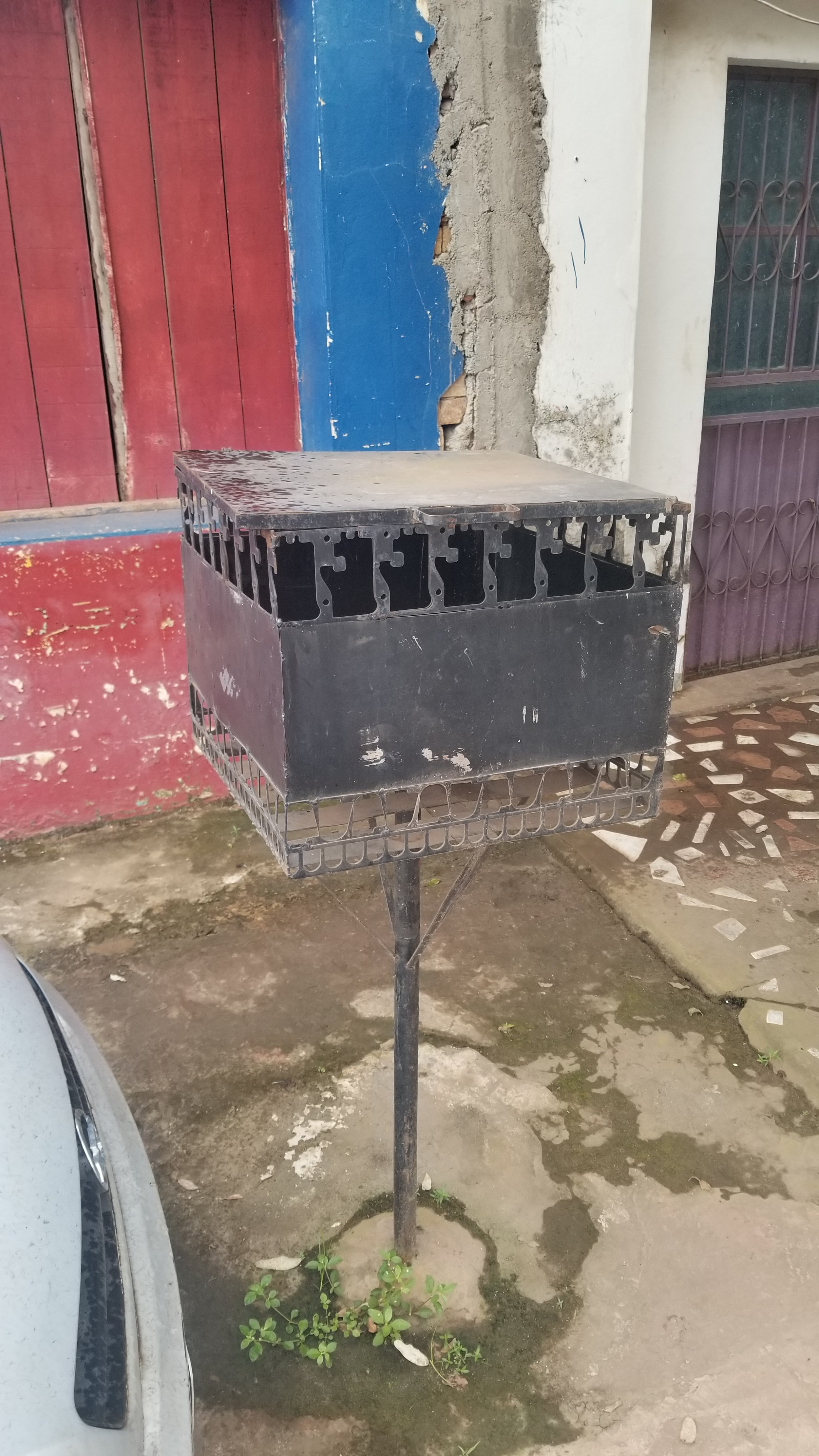Good Design: Garbage Cans In Brazil
On a recent trip to Brazil, I became fascinated with garbage cans.
I’m not usually fascinated with garbage cans… in fact, I’ve never been fascinated with garbage cans before. But the variety and diversity of garbage cans throughout the small city of Itacoatiara, on the banks of the Amazon river, was too great to ignore. Everyone had their own unique, custom, or different garbage can.
It started by taking pictures of two or three unique garbage cans to show my kids after I would get back home. However, three becomes four or five, and five becomes six or seven and then seven eventually becomes a serious hunt to search, find, and collect pictures of unique garbage cans.
When you get deep into something like this you start noticing things that other people, who don’t share your “hobby of the week,” will miss or ignore. By the end of the week, I had some interesting design lessons and observations. Let me take you on a quick tour of my collection with some lessons sprinkled throughout.
The first thing you may notice is that garbage cans or receptacles in Itacoatiara are almost always above two or three feet off the ground. Ergonomically, this is convenient since we carry bags full of trash at about that same height. Furthermore, when picking up trash and removing it into a larger garbage truck, the workers don’t have to bend down as much since it’s already about at their hand level. I remember a trip to New York City and seeing quite a few trash bags just sitting on the ground. Not quite so convenient when your job is to pick them up and throw them into a truck.
However, I think the design decision of the height is more in response to environmental conditions than thinking about the human workers. These trash cans were all taken in the Amazon, and it rains in the Amazon. A lot.
We were told it would rain almost everyday we were there. And it did. A lot.
Of course, the streams and mini-rivers running down the streets due to the downpour make it pretty obvious why their garbage is positioned above the water level flowing down to the banks of the Amazon river. Globally, we already have too much garbage in our rivers and oceans due to human neglect so placing our waste out of reach of the daily flowing water torrents is a good idea.
The second thing you may notice is that garbage cans in Itacoatiara are almost always on one leg which is rigidly attached to the ground. Technically, one leg is often sufficient if the weight of the garbage is not substantial and if the center of gravity doesn’t cause a large moment arm away from the axis of the leg, but many of the garbage cans in my North American city have four legs (or are completely flat at the bottom).
I had to stop and wonder why. It probably comes down to the instituted system surrounding how we collect the garbage. In my city, we move the cans and dump the garbage into a large truck. The cans have to be relatively light and moveable. In Itacoatiara, workers take the garbage (usually tied in grocery bags) out of the can and throw them into the truck. Under this process and system, they don’t need a moveable can. In fact, as mentioned, the garbage can is rigidly and permanently set at one location and the workers come to it. The precise location of the garbage cans are usually only a few feet away from the road so the workers don’t have to take more than a few steps. Also, since the garbage is in smaller bags, the workers don’t have to lift both the garbage and the can together to dump it in the truck. This would seem to be better on their backs and shoulders and reduce potential injury. Some people live in a city where the truck will do the heavy lifting of both can and contents, but there are many places where the workers have to lift both. This would be fatiguing after eight hours every day - better to have smaller loads over those eight hours without having to lift the garbage can too.
Third, and related to the above, is the relatively small size of most receptacles. Some of these garbage cans can only hold three or four grocery bags of garbage before they’re full. If my garbage can in North America were a little smaller, I might start trying to cut back a little more on my garbage generation. Theoretically, I want to already but I don’t have that physical reminder that I’m filling our landfills too quickly. Perhaps in Itacoatiara I would be reminded more often as my garbage can wouldn’t be as big. That has some clear and obvious benefits for the environment - a good design element, even if it wasn’t intended.
But back to the one leg. If one leg is enough, and is rigidly attached to the ground, why over design with four legs? Four legs would cause it to be harder to clean under, four legs would trap debris more easily during the rain, and four legs would cost more to manufacture. The one-leg design is superior across those dimensions. Yes, these one-leg designs don’t stack well, but who needs to stack them? They’re rigidly attached to the ground with cement or bolts. Another benefit of one-leg designs is that it was easier to deal with problems. Occasionally I’d see garbage on the ground that had fallen down or was ripped apart by a bird nearby. The workers had shovels and brooms and they didn’t seem too annoyed when they had to simply navigate, sweep, and shovel around one pole or leg which is undeniably easier to work around than four legs.
Many cans had holes or spaces in the grid at the bottom so that rain water could pass right through and around the grocery bags full of garbage. But some had lids to no doubt keep the birds and other animals, and rain, out. However, lids can go missing, be ripped off, and generally would be more expensive. There were some cans with lids but most didn’t have lids.
Furthermore, many did have holes on the sides. I assume this was for air ventilation purposes. My own garbage can has no air vents. It can smell pretty bad sitting in the heat after a few days. (Another win for these garbage cans and the system in Itacoatiara.) These air vents may also combat against the rain which could keep the garbage moist longer and encourage bacterial growth. I wasn’t visiting long enough to figure out the garbage pick-up schedule but it did seem more frequent than my weekly pick-up of my home town. Is a more frequent garbage pick-up with smaller loads better than infrequent large pick-ups? There are advantages to both systems, but a neat experiment to try is storing your garbage in your home for a month or two and see what you prefer.
Lastly, I noticed the creative reuse and repurposing of other products as garbage cans. These were often found in poorer neighborhoods, but I applaud their ingenuity and setting the example to many of us who don’t reuse things as much as we could. In one instance, the drum of a washing machine was used as a garbage can and right next door the washing machine outer casing was used as a second garbage can. I was impressed and embarrassed. I have recycled my old washing machine, but I didn’t think to reuse it creatively.
I didn’t go to Brazil to study garbage cans, but I did leave enlightened. My short-lived hobby helped me think about my own city’s systems and processes and whether they are better or worse… or just different. I have also thought more about waste in general and how our behavior can drive our design decisions but also how design decisions can drive our behaviors. It’s an interesting two-way street, and I’m looking forward to driving it more and learning along the way.
To cite this article:
Salmon, John. “Good Design: Garbage Cans In Brazil.” The BYU Design Review, 26 Apr. 2022, https://www.designreview.byu.edu/collections/good-design-garbage-cans-in-brazil.


